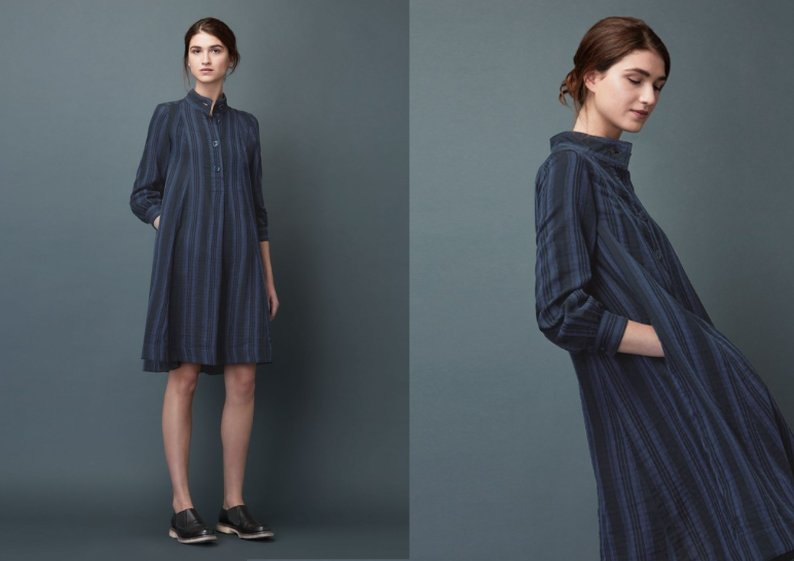
Ticking cloth is instantly recognisable. That's because of its trademark pattern: a neat vertical stripe in a muted colour on a white or beige background. Why it employs this linear design is uncertain, but what's even more curious is that its enduring popularity has more to do with its aesthetic than its function. You see ticking was originally purely utilitarian it was never meant to beon show.
To understand why this is we have to go back about 1,000 years, to the bedroom and a time when mattresses and pillows were made of straw, or if you were very lucky, feathers. To stop the loose filling escaping, it was encased in thick woven linen or cotton twill that was often waxed or coated in soap to seal the fabric. A quick quality test involved holding it up to the light if any passed through, the weave wasn't tight enough. This stiff and sturdy fabric became known as ticking, a name that derives from the Greek work theka, which means case or cover. Softer more decorative layers would then be laid on top.
As the support act, rather than star of the show, ticking could easily have followed straw and feather mattresses into the history books. The fact that it didn't owes a great deal to the work of influential American interior designer and socialite Sister Parish (1910-1994). She championed the humble striped cloth, using it for furniture upholstery and cushions in chic living rooms. The idea caused quite the stir, but soon gained popularity.
Since then, the term ticking has been relaxed and expanded to include many lighter-weightcloths printed with a striped pattern, allowing its classic clean-lined appeal to be applied more widely on everything from clothing to bed linen.
Words by Rachel Ward
Shop ourticking stripe Levantine Stripe Leila DressandLevantine Stripe Kyoto Top. Or shop ourmore traditionalorganic ticking stripe bedlinen.
Add a comment
1 comment